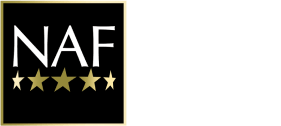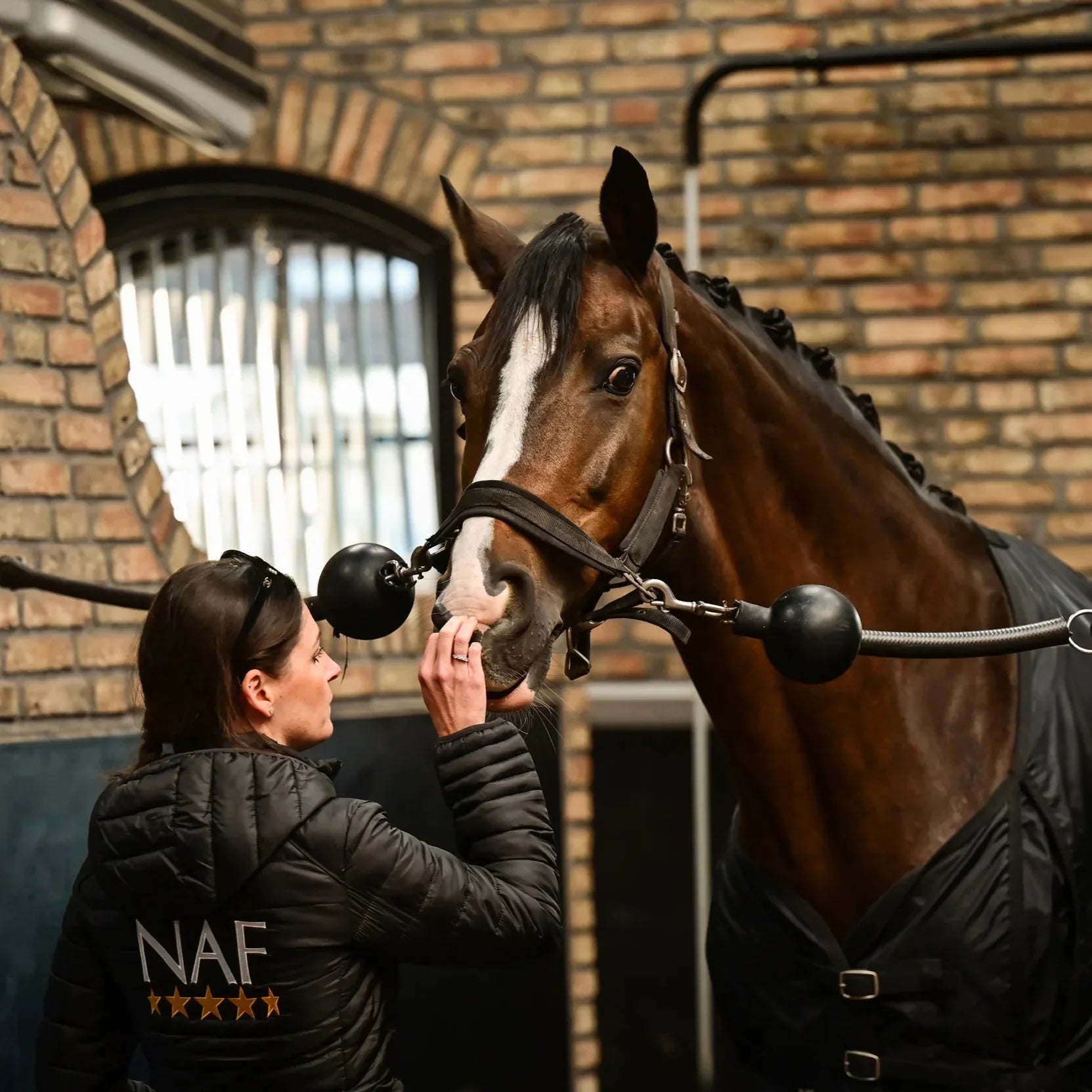Keeping a clear airway for your horse
Maintaining respiratory health is a year round challenge. From spending more time stabled over winter, to the flowers and pollen of spring, seemingly there is always something that can get right up their nose!
Speak to your vet if you have any concerns, but do you sometimes find their answer hard to fathom? Respiratory health seems to have more than the usual number of acronyms and descriptors, which are ever changing. This blog hopes to cut through some of the jargon and help you understand what is causing the problem, and how you can help your horse.
Equine Asthma– a common equine issue
Respiratory disease is a common, highly relevant condition in domestic horses, split into two areas. Firstly is the risk of infectious disease, including Strangles, Equine Influenza and Equine Herpesvirus (EHV). However, those conditions are outside the scope of this blog, and here we are concentrating on the second area, that of non-infectious disease, now normally under the umbrella term of ‘Equine Asthma’ (EA).
Non-infectious respiratory disease alone is a considerable threat to equine health and performance. Studies show in the Northern Hempisphere the incidence of Equine Asthma is at least 14%, and this is supported by data from horse owners. However, even that may be a conservative figure. Current research suggests nearer to 20% is likely, and unseen respiratory stress is recognized in at least 80% of racehorses. Respiratory disease is closely linked to performance, and therefore we should be considering their breathing in terms of both health and welfare, but also performance and competition.
Types of Equine Asthma
The term Equine Asthma covers all those terms we have previously known, such as Heaves, Broken Wind and COPD, and is split into two – Inflammatory Airway Disease (IAD) and Recurrent Airway Obstruction (RAO).
Inflammatory Airway Disease
IAD may also be referred to as ‘mild-moderate Equine Asthma’ (mEA) and, as the name suggests, signs can be subtle, including poor performance and occasional coughing, but the breathing will be normal at rest. IAD may affect any type or breed of horse, but generally seen in, though not limited to, younger animals. Common triggers are poor air quality, including dust and spores from hay and bedding.
Recurrent Airway Obstruction
RAO is most usually seen in older horses, those over seven years, and the signs are likely to be more severe and long lasting, and may be referred to as ‘severe Equine Asthma’ (sEA). Like IAD, RAO is commonly triggered by poor air quality.
Summer Pasture-associated Recurrent Airway Obstruction
RAO includes the sub-set of SPARAO, Summer Pasture-associated Recurrent Airway Obstruction. Most of us will refer to this seasonal condition more simply as a ‘Pollen allergy’ or ‘Hayfever’, which aptly describes the common triggers of grass, tree and floral pollens.
| Characteristics | IAD (mEA) | RAO incl. SPARAO (sEA) |
| Age at onset | Usually less than 7yrs Can be seen at any age |
Usually older than 7yrs |
| Signs | Occasional coughing Poor performance Mucous on scoping No respiratory changes at rest At least 4 weeks duration |
Regular to frequent coughing Exercise intolerance Mucous on scoping Increased respiratory effort at rest Signs and severity vary over time. Often limits activity |
| Time course | Can improve spontaneously or with treatment. Risk of recurrence low. |
Usually weeks to months before diagnosis No cure, but signs can be controlled |
| History | Exposure to stable environment Genetic link not researched |
Exposure to dust or allergen in stable or pasture. Signs may be seasonal May have genetic link |
* Couëtil et al (2016)
Nutritional Help
Looking at their diet can help your horse and their lung health in a couple of different ways.
Forage Focus
As our horses and ponies often have to rely on preserved forages over winter, we should recognize the risk from those and manage them appropriately. Changing from hay to a well-preserved haylage can help, as they typically have lower dust than dry hay. If feeding hay, the practice of soaking or steaming is very useful. Take care not to oversoak, as nutrients will be leached and always ensure fresh water is used each time. Remember, the idea of soaking or steaming is not to wash dust off the forage, but to swell the dust so that it is swallowed rather than inhaled. For this reason, it is important not to allow treated hay to dry before feeding, as the problem will return.
Targeted Supplementary Nutrition
Targeted nutritional support from herbal complexes can play a significant role. Traditionally, herbal support of the respiratory system is well-known and dates back at least as far as the Great Plague of London in the 17th century. Coming up to date, bioactive components of plants have recently being investigated as part of the global defense against modern respiratory pandemics such as Covid-19.
In equine health too, the role of targeted nutrition is well recognized. Supplementing the diet with targeted antioxidants has been established in horses for over twenty years. Broad-spectrum herbal antioxidants have been successfully researched, alongside straight antioxidants such as Vitamin C. Unlike humans, horses can manufacture Vitamin C themselves and don’t have a dietary requirement for it at maintenance. However, at times of stress, such as respiratory disease, an increased requirement is recognized.
Look for specific herbs, including echinacea, eucalyptus and licorice are advised for inclusion in the supplement. Research shows the benefit of echinacea in horses for stimulating immunocompetence, hence helping the horse’s immune system against the stresses of EA.
Did you know? ……. Not all oils are created equal.
Finally, adding a ‘glug’ of oil to horses’ diets is common for general health, but make sure you choose the right type. Research shows that an addition of Omega 3 fatty acids to the diet can also provide a benefit for the EA affected horse. However, most plant based oils such as corn oil, rapeseed, or sunflower oil (typically supermarket ‘vegetable oil’) are high in the pro-inflammatory Omega 6, and provide little or no anti-inflammatory Omega 3. Instead look for an oil with a positive omega 3 contribution such as linseed oil or an omega 3 based blend.
Management Matters
Taking the right management steps is absolutely key to ensuring your horse’s respiratory health. Follow these top tips to a clear way forward:
- Turn out as much as possible. Most sEA horses* will benefit from living out full time, with appropriate rugs, shelter and diet
- Feed low dust forage
- Supplement the diet with a targeted herbal complex
- Mix bucket feed with an Omega 3 oil
- Feed from the floor to aid natural drainage
- Choose low-dust bedding and ensure good ventilation in stables
- Ensure horses are not in the stable when mucking out, and allow particles to settle before they return
- Monitor riding arenas; take care with, dust, silica and number of horses using the school together
- For pollen affected ideally ride before 7am to avoid rising pollen levels
Finally let’s not forget our own respiratory health. Research shows that those of us caring for horses are at increased risk from respiratory disease. One thing we learned from the pandemic was how to wear a facemask. It is a good idea to use one when mucking out and filling nets.
*SPARAO Horses may be better housed during the day at peak times, spring and summer.
Selected References
- Couëtil L et al. Equine Asthma: Current Understanding and Future Directions. Frontiers in Veterinary Science. 2020, 30 July.
- Gallagher LM, Crane J, Fitzharris P, Bates MN. Occupational respiratory health of New Zealand horse trainers. Int Arch Occup Environ Health. 2007 Feb;80(4):335-41. Hotchkiss JW, Reid SW, Christley RM. A survey of horse owners in Great Britain regarding horses in their care. Part 2: Risk factors for recurrent airway obstruction. Equine Vet J. 2007 Jul;39(4):301-8.
- Kirschivink N. et al Effect of nutritional supplementation on systemic and pulmonary antioxidant status, airway inflammation and lung function in heaves –affected horses. Equine Veterinary Journal. 2002. 34,7. 705-12
Written by: Kate Hore, Head Registered Nutritionist - RNutr(Animal), R.Anim.Technol(Cert), BSc(Hons) - Find out more about Kate and our Technical Team HERE!



